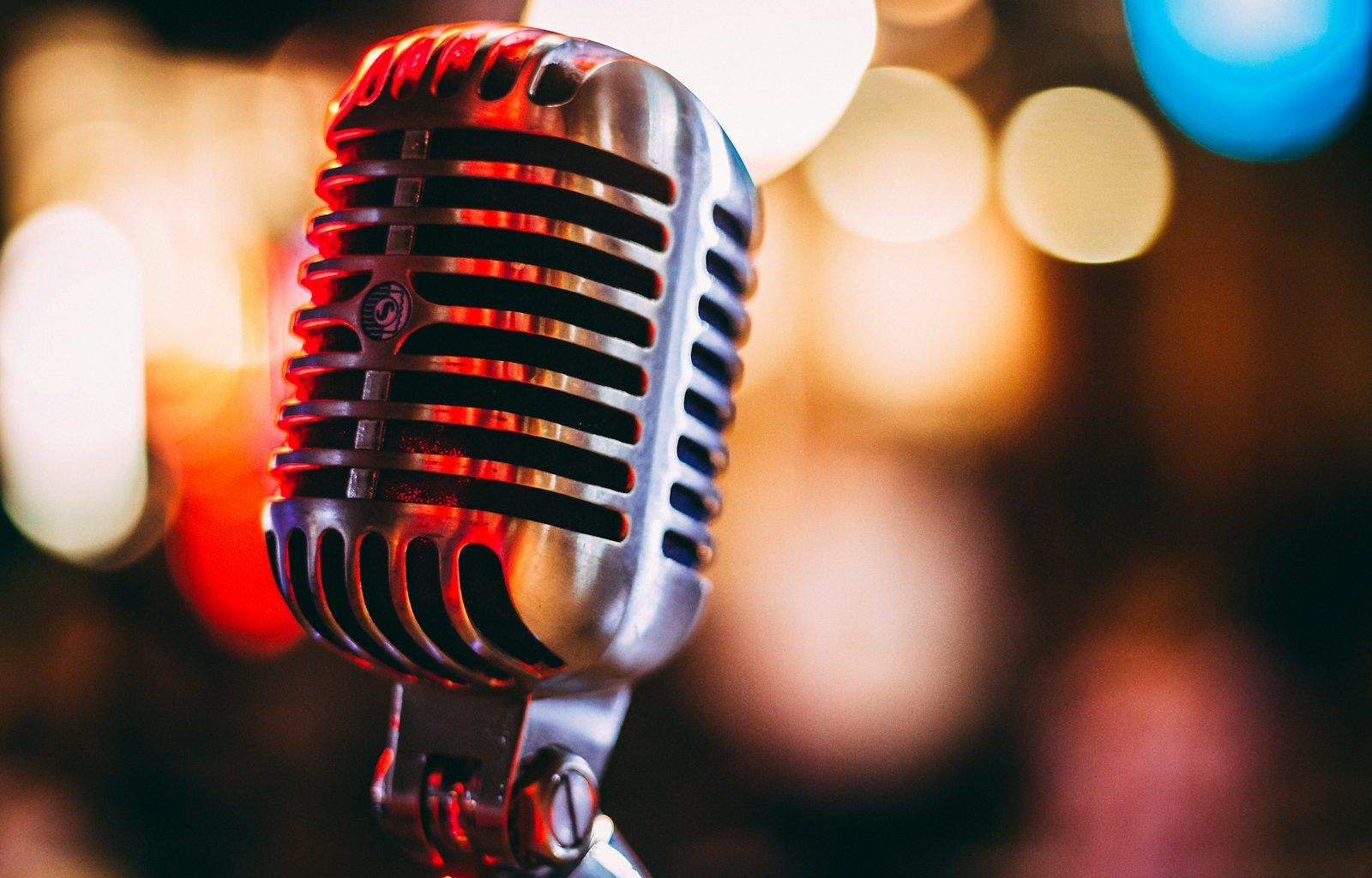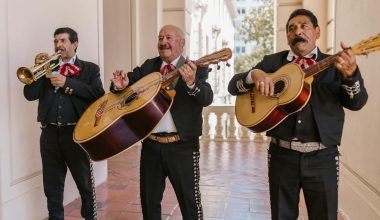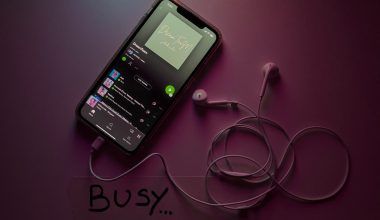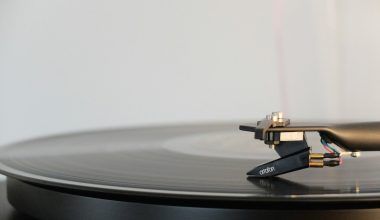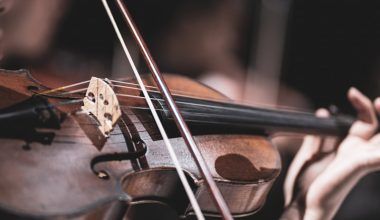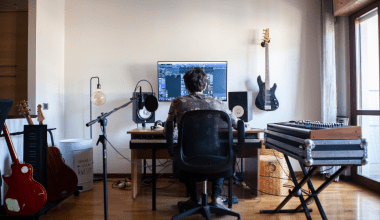In today’s digital age, access to music is easier than ever. But not all music is free to use, and copyright laws often limit what creators can legally incorporate into their projects. That’s where public domain music comes in. This blog explores everything you need to know about music on public domain—what it is, why it matters, and how to find and use it. Whether you’re a content creator, musician, or just a curious listener, you’ll find value in unlocking this rich, creative resource.
What Is Public Domain Music?
Public domain music refers to compositions, recordings, or performances that are no longer protected by copyright. This means anyone can use, modify, or share this music without seeking permission or paying licensing fees. Typically, musics enters the public domain after a certain period, depending on copyright laws in each country. For instance, in the United States, works published before 1924 are generally in the public domain.
Why does this matter? It opens a wealth of creative opportunities. Imagine being able to remix a Beethoven symphony or use a 19th-century folk song in your YouTube video—all without any legal headaches. Public domain music allows you to do just that.
Why Is Public Domain Music Important?
Public domain musics plays a vital role in fostering creativity. It removes barriers, enabling creators to innovate and reimagine classic works. For educators and students, it’s a goldmine for learning and teaching without worrying about copyright issues. Beyond that, it’s a chance to preserve cultural heritage and make timeless music accessible to everyone.
Transitioning to public domain musics also benefits businesses. For example, filmmakers, advertisers, and game developers can use these works without cutting into their budgets for licensing fees.
How Does Music Enter the Public Domain?
Musics enters the public domain through the expiration of copyright or explicit dedication by the copyright holder. Here’s a breakdown:
- Expiration of Copyright: Copyright laws vary worldwide. In many countries, a work enters the public domain 70 years after the death of the composer. However, this period can differ, so it’s essential to check local regulations.
- Dedication by the Creator: Some artists choose to release their musics directly into the public domain. This is often done to encourage its use and reach a wider audience.
Understanding these pathways can help you identify whether a piece of music is truly free to use.
Where Can You Find Public Domain Music?
Luckily, several platforms make it easy to discover public domain musics. Here are some top resources:
- Musopen: This nonprofit organization offers free access to sheet music, recordings, and educational materials. You can find everything from classical masterpieces to lesser-known gems.
- IMSLP (International Music Score Library Project): Ideal for musicians, this site provides an extensive collection of free sheet music.
- Library of Congress: Their online archives feature a wealth of public domain music, including historic recordings and sheet music.
- Free Music Archive: While not all music here is public domain, their search filters can help you find tracks with no copyright restrictions.
How to Use Public Domain Music
Using public domain music is straightforward, but there are some nuances to consider:
- Verify Its Status: Double-check that the music is indeed in the public domain. Mislabeling can lead to legal complications.
- Credit the Source: While not legally required, it’s courteous to acknowledge the creators or platforms providing the music.
- Get Creative: Remix, re-record, or incorporate the music into your projects. The only limit is your imagination!
Misconceptions About Public Domain Music
There are common myths surrounding public domain musics. Let’s clear up some confusion:
- Myth: All old musics is public domain.
- Fact: Only works with expired copyrights or explicit public domain dedication qualify. Recordings of old compositions may still be copyrighted.
- Myth: Public domain musics is low quality.
- Fact: The public domain includes works by some of history’s greatest composers, from Bach to Mozart.
The Role of Technology in Expanding Public Domain Music
Technology has made public domain musics more accessible than ever. Digital archives, streaming platforms, and AI tools allow users to explore and repurpose classic works easily. For example, musicians can use software to modernize public domain pieces, adding a fresh twist to timeless classics.
Examples of Popular Public Domain Music
Here are a few examples of well-known works now in the public domain:
- “Für Elise” by Ludwig van Beethoven
- “The Entertainer” by Scott Joplin
- “Clair de Lune” by Claude Debussy
These pieces continue to inspire countless reinterpretations across various media.
Benefits of Using Public Domain Music for Creators
For creators, public domain music is a treasure trove. Here’s why:
- Cost-Effective: No licensing fees.
- Creative Freedom: Modify or adapt the music however you like.
- Timeless Appeal: Classical works resonate with audiences across generations.
Conclusion: Embrace the World of Public Domain Music
Public domain music is more than just a legal category; it’s a gateway to endless creative possibilities. By understanding and utilizing this resource, you can bring your projects to life in unique and meaningful ways. Start exploring today, and let the music inspire you.
Related Articles:
For further reading, explore these related articles:
For additional resources on music marketing and distribution, visit DMT Records Private Limite
